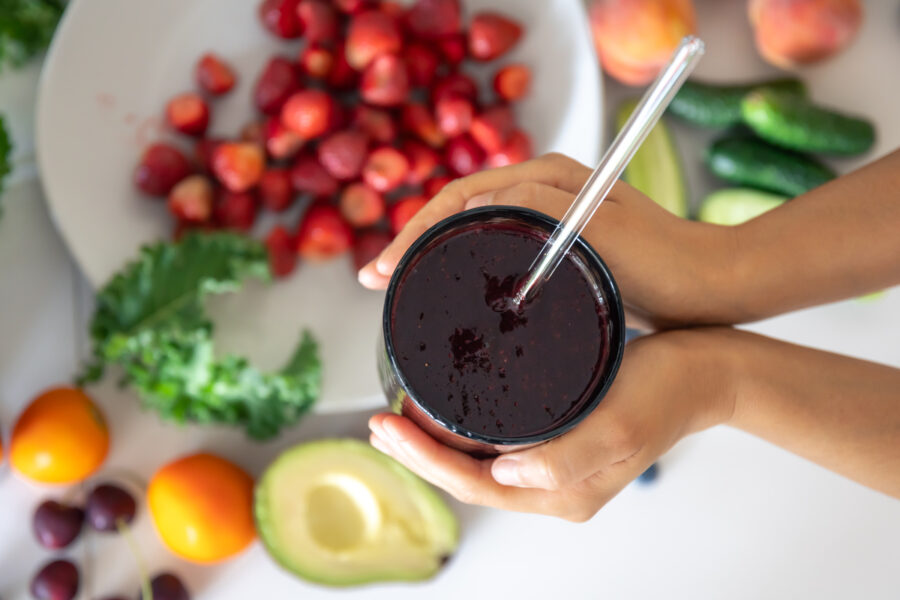Skincare is an essential part of our daily routines, but many people overlook how the changing seasons can affect their skin. As we move from the heat of summer to the crispness of autumn, the chill of winter, and the renewal of spring, our skin undergoes various changes that require specific care. In this comprehensive guide, we’ll explore the impact of seasonal changes on skincare, offering insights, tips, and product recommendations to help you maintain a healthy, glowing complexion year-round.
Our skin is the body’s largest organ, acting as a barrier against environmental aggressors. It’s also highly responsive to changes in the environment, including shifts in temperature, humidity, and exposure to sunlight. Understanding the impact of seasonal changes on your skin can help you adjust your skincare routine accordingly, ensuring that your skin remains healthy and resilient no matter the time of year.
How Seasonal Changes Affect Skin
Temperature Fluctuations
Temperature plays a significant role in how your skin behaves. During the colder months, the skin tends to lose moisture more quickly, leading to dryness, flakiness, and irritation. In contrast, warmer temperatures can increase oil production, potentially causing breakouts and making the skin appear greasy.
Humidity Levels
Humidity levels also vary with the seasons and can greatly impact the skin. High humidity in the summer can clog pores and lead to acne, while low humidity in the winter can strip the skin of its natural moisture, resulting in dryness and a compromised skin barrier.
UV Radiation
Sun exposure is a year-round concern, but it’s more intense during the summer months. Prolonged exposure to UV radiation can cause sunburn, premature aging, and increase the risk of skin cancer. Even in winter, UV rays can penetrate the skin, especially in snowy conditions where sunlight reflects off surfaces.
Environmental Factors
Each season brings unique environmental factors that can affect your skin. In spring, pollen levels rise, which can cause skin irritation and allergies. Autumn’s cooler, windier weather can lead to increased sensitivity, while winter’s cold, dry air can exacerbate conditions like eczema and rosacea.
Spring Skincare
As the season of renewal, spring is a time when many people look to refresh their skincare routines. However, the transition from winter to spring can present its own set of challenges.
Common Skin Issues in Spring
- Allergies and Irritation: Pollen and other allergens can lead to redness, itching, and inflammation.
- Dehydration: After a long winter, the skin may still be recovering from dryness and require extra hydration.
- Acne: Increased humidity and temperature can cause the skin to produce more oil, leading to breakouts.
Spring Skincare Routine
- Exfoliation: As the weather warms, it’s important to slough off dead skin cells that have accumulated during winter. Use a gentle exfoliant to avoid irritation.
- Lightweight Moisturizer: Switch to a lightweight, hydrating moisturizer to keep your skin moisturized without feeling greasy.
- Sun Protection: With longer days and more sunlight, it’s crucial to use sunscreen daily.
Recommended Ingredients for Spring
- Hyaluronic Acid: For hydration without heaviness.
- Vitamin C: Helps to illuminate the skin and defend it against environmental stressors.
- Niacinamide: To reduce inflammation and regulate oil production.
Summer Skincare
Summer brings heat, humidity, and increased sun exposure, all of which require specific skincare adjustments.
Common Skin Issues in Spring
- Sunburn: Increased UV exposure can lead to sunburn if proper protection isn’t used.
- Oiliness: Heat and humidity can increase oil production, leading to shiny skin and clogged pores.
- Dehydration: Despite the humidity, the skin can still lose moisture due to sun exposure and sweating.
Summer Skincare Routine
- Sun Protection: Use a broad-spectrum SPF 30 or higher and reapply every two hours when exposed to the sun.
- Lightweight Products: Opt for gel-based cleansers and oil-free moisturizers to avoid clogging pores.
- Hydration: Use a hydrating serum to replenish moisture lost through sweating.
Recommended Ingredients for Summer
- Aloe Vera: To soothe sunburned skin and provide a cooling effect.
- Green Tea Extract: Known for its antioxidant benefits and ability to reduce inflammation.
- Salicylic Acid: To keep pores clear and prevent breakouts.
Winter Skincare
Winter is the harshest season for the skin, with cold temperatures, low humidity, and indoor heating all contributing to dryness and irritation.
Common Skin Issues in Winter
- Extreme Dryness: Cold air and indoor heating can strip the skin of its natural moisture, leading to flakiness and irritation.
- Eczema Flare-ups: Those with eczema may experience more frequent flare-ups due to the harsh conditions.
- Chapped Lips: The lips are particularly vulnerable to drying out in winter, often becoming chapped and cracked.
Recommended Ingredients for Winter
- Glycerin: A humectant that draws moisture into the skin, keeping it hydrated.
- Shea Butter: For deep hydration and skin barrier support.
- Squalane: A lightweight oil that provides moisture without clogging pores.
Autumn Skincare
Autumn is a transitional season, where the weather starts to cool, and the skin may need more nourishment to prepare for the winter months.
Common Skin Issues in Autumn
- Dryness: As humidity levels drop, the skin may start to feel drier and tighter.
- Sensitivity: The shift in weather can cause skin to become more sensitive and reactive.
- Uneven Skin Tone: Post-summer, you might notice sunspots or uneven skin tone from prolonged sun exposure.
Autumn Skincare Routine
- Rich Moisturizers: Start incorporating richer moisturizers to combat the drying effects of cooler weather.
- Gentle Cleansing: Use a gentle cleanser to avoid stripping the skin’s natural oils.
- Treatment for Hyperpigmentation: Consider using products with ingredients like retinol or vitamin C to address any sun damage.
Recommended Ingredients for Autumn
- Peptides: To support skin repair and regeneration.
- Ceramides: To enhance the skin’s barrier and retain moisture.
- Retinol: To promote cell turnover and address sun damage.
Adjusting Your Skincare Routine for Seasonal Transitions
Transitioning your skincare routine between seasons is crucial for maintaining healthy skin. It’s important to listen to your skin’s needs during these times and adjust your routine accordingly. Start by incorporating new products slowly, allowing your skin to adapt, and always patch test new products to avoid reactions.
Skincare Products for All Seasons
While it’s essential to adjust your skincare routine with each season, some products are versatile enough to be used year-round. These include:
- Antioxidant Serum: Products with antioxidants like vitamin C can help protect the skin from environmental stressors year-round.
- Gentle Cleanser: A mild cleanser that doesn’t strip the skin’s natural oils is a must-have for all seasons.
- SPF: Sunscreen is essential every day, regardless of the weather, to protect against UV damage.
- Hydrating Serum: A serum with ingredients like hyaluronic acid can provide a moisture boost in any season.
Conclusion
Seasonal changes have a significant impact on the skin, influencing everything from moisture levels to sensitivity. By understanding these changes and adjusting your skincare routine accordingly, you can maintain a healthy, radiant complexion throughout the year. Remember, the key to effective skincare is consistency and listening to your skin’s needs as they evolve with the seasons.






Leave a Comment